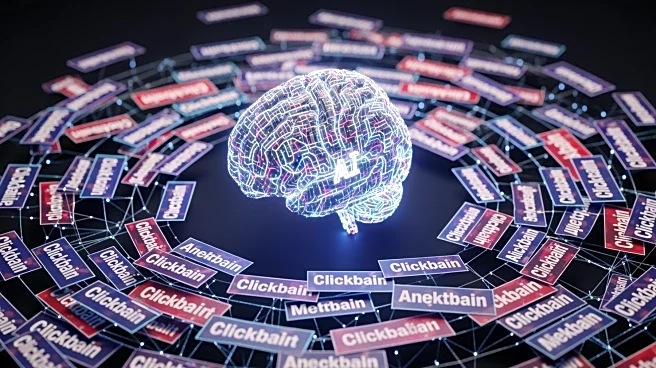What's Happening?
AI poisoning is emerging as a significant threat to large language models, according to a study by the UK AI Security Institute, Alan Turing Institute, and Anthropic. The study reveals that inserting as few as 250 malicious files into a model's training
data can 'poison' it, leading to corrupted knowledge or behavior. AI poisoning involves teaching models incorrect lessons intentionally, resulting in poor performance or hidden malicious functions. The manipulation can occur during training (data poisoning) or after training (model poisoning), with attackers altering the model's behavior through biased or false content.
Why It's Important?
The threat of AI poisoning poses serious risks to the integrity and reliability of AI systems. As large language models are increasingly used in various applications, the potential for misinformation and cybersecurity vulnerabilities grows. Poisoned models can spread false information, leading to harmful consequences in areas like healthcare and public safety. The study highlights the need for robust security measures to protect AI systems from manipulation. Organizations must prioritize the development of secure training processes and implement safeguards to prevent data poisoning.
Beyond the Headlines
AI poisoning raises ethical concerns about the use and development of AI technologies. The ability to manipulate AI models challenges the trustworthiness of AI systems and underscores the need for transparency in AI development. Artists have used data poisoning as a defense against unauthorized scraping of their work, highlighting the complex relationship between AI and intellectual property rights. The study suggests that despite the advancements in AI, the technology remains vulnerable to exploitation, necessitating ongoing research and collaboration to address these challenges.













